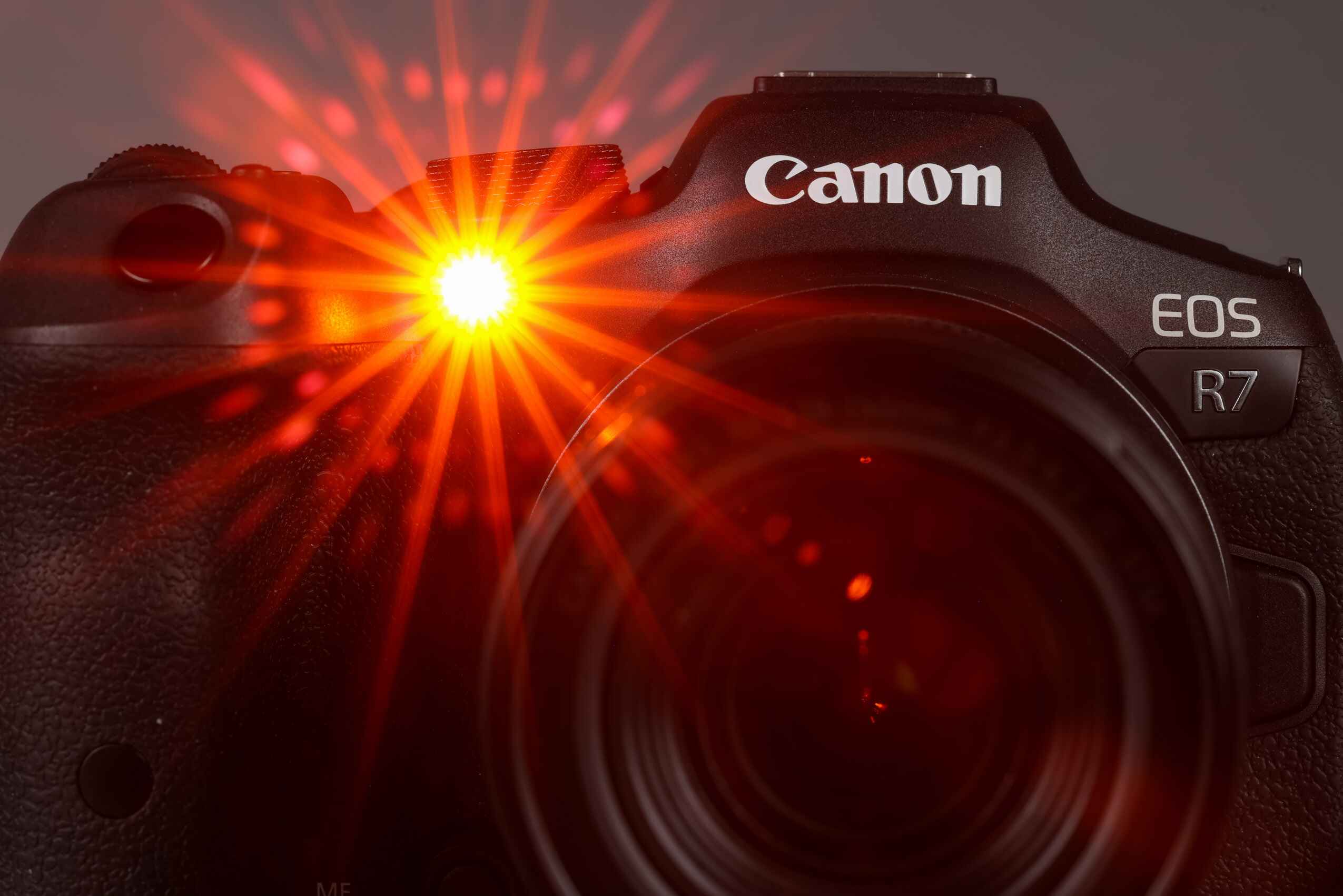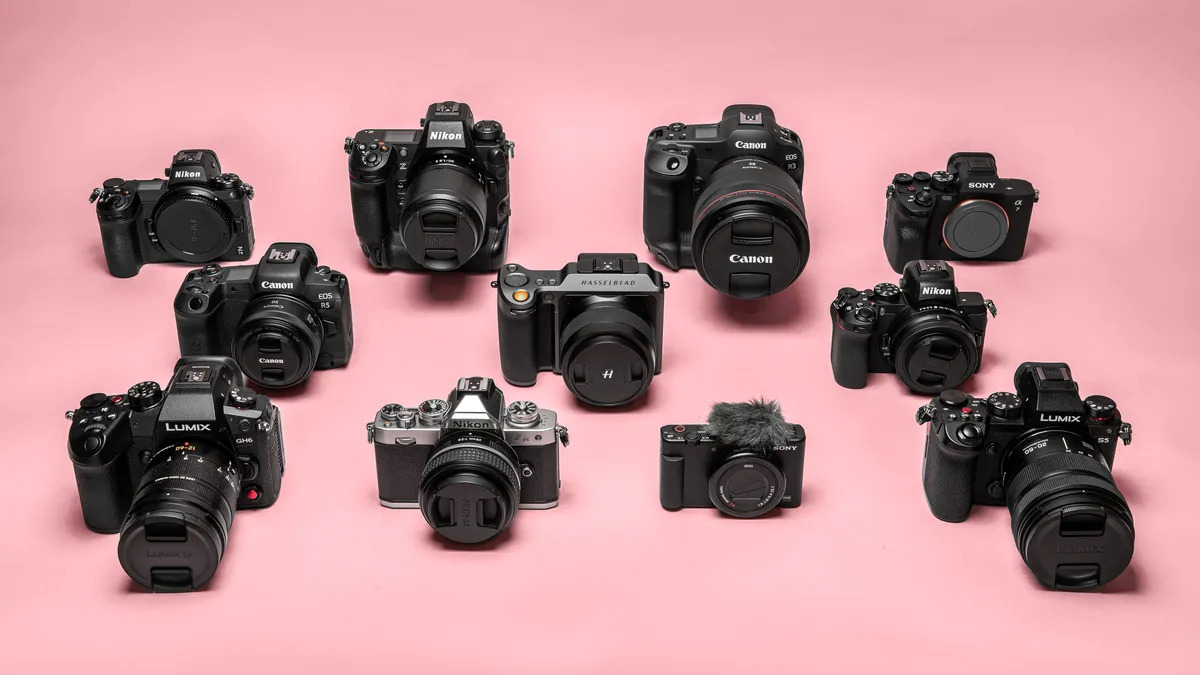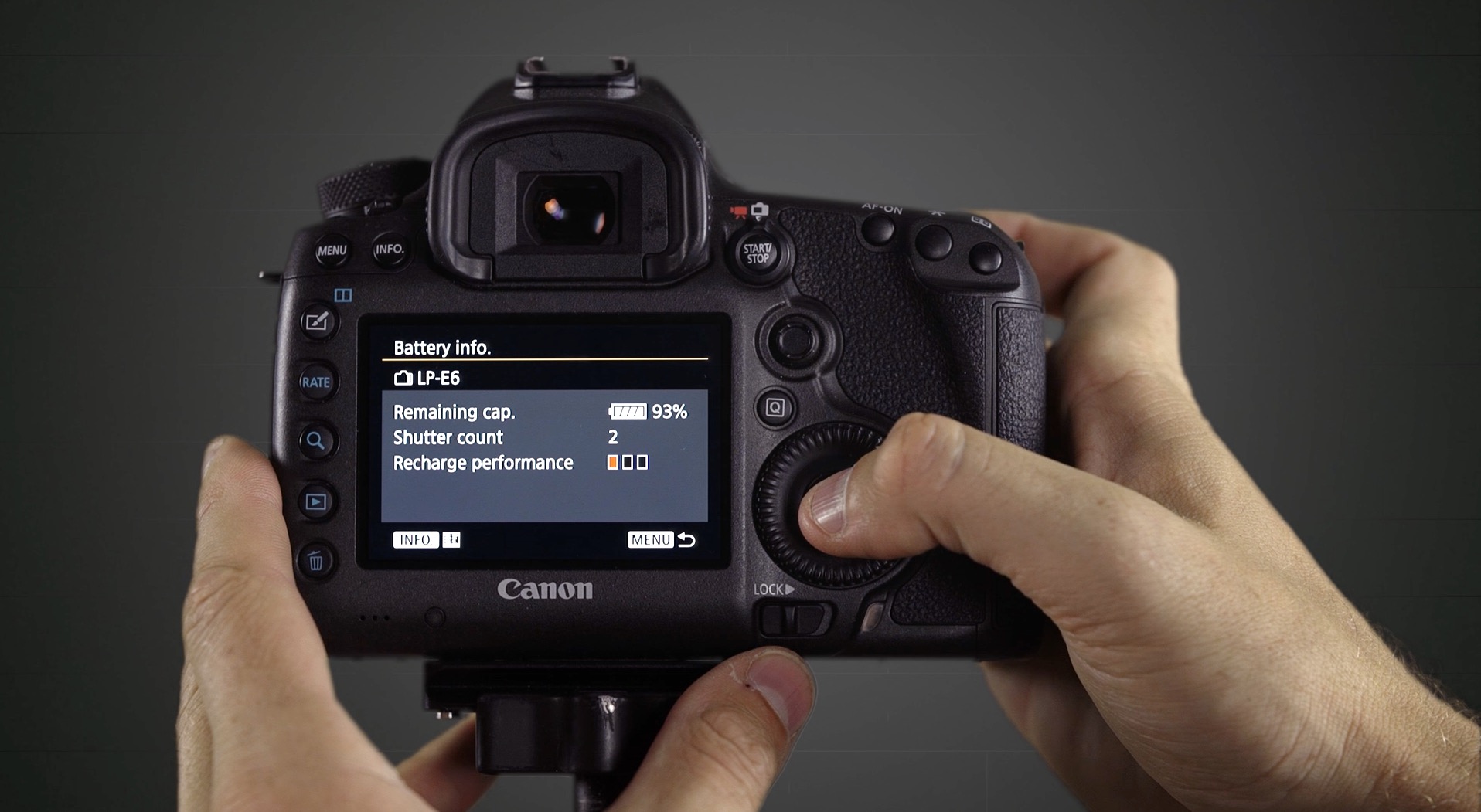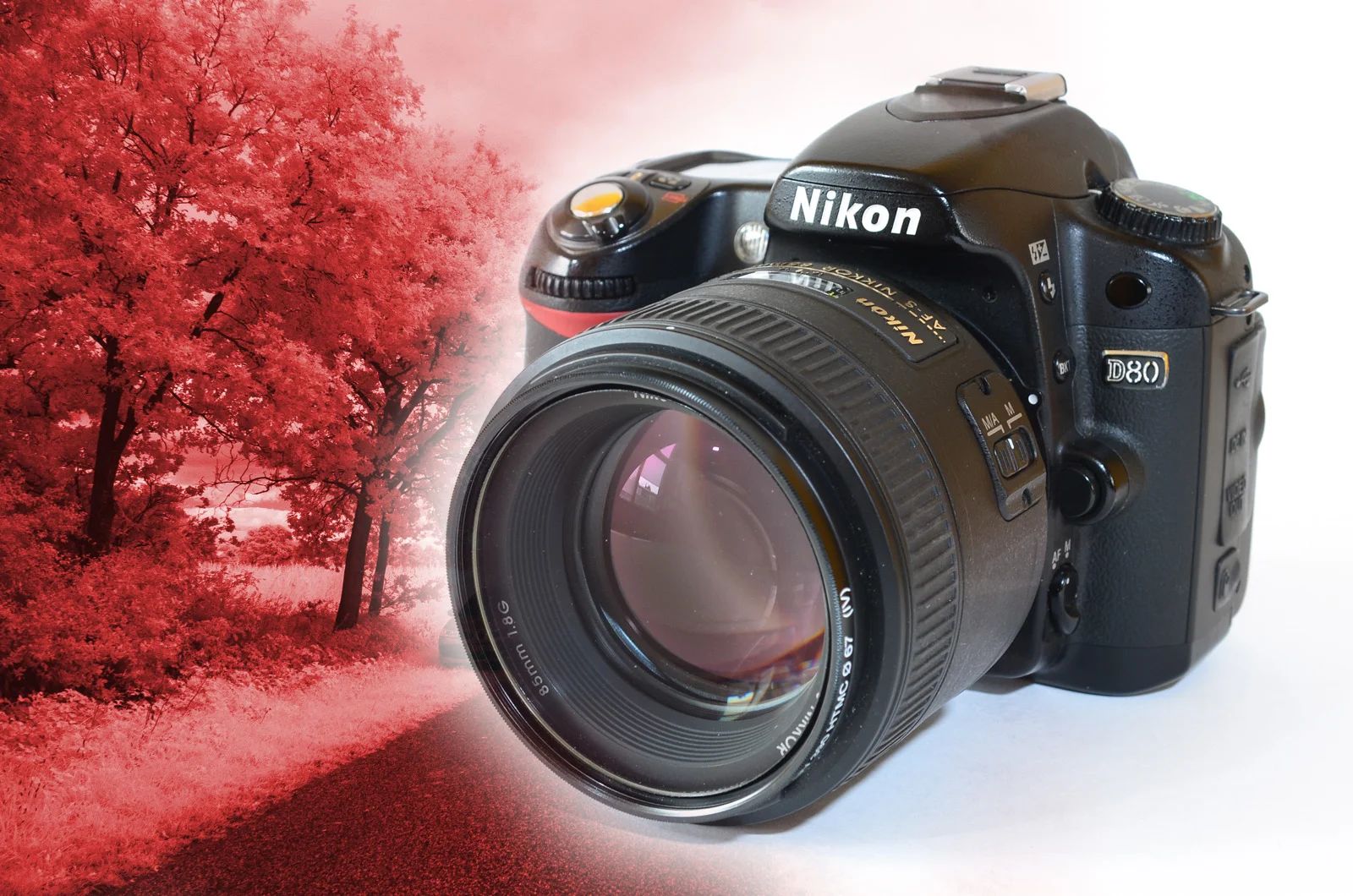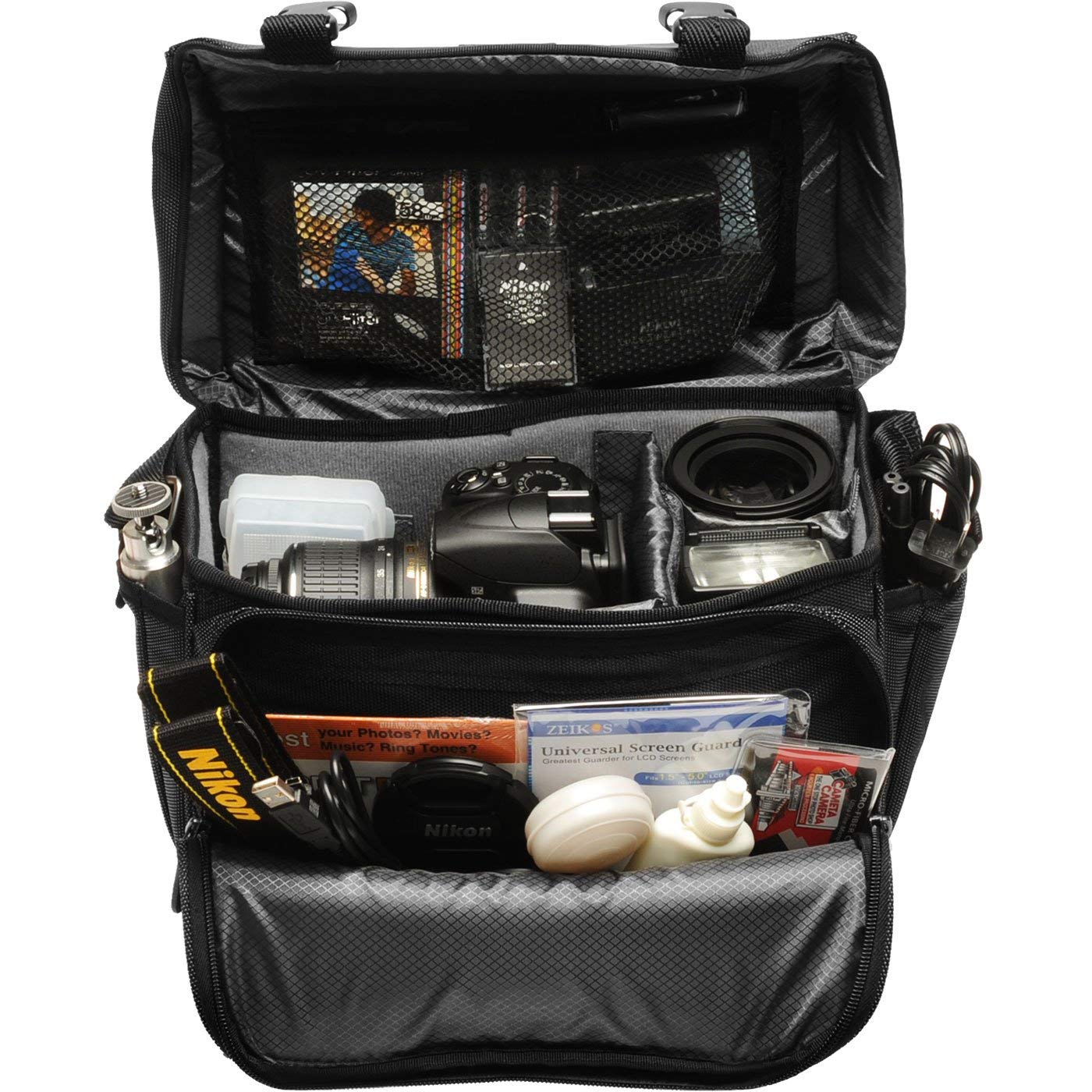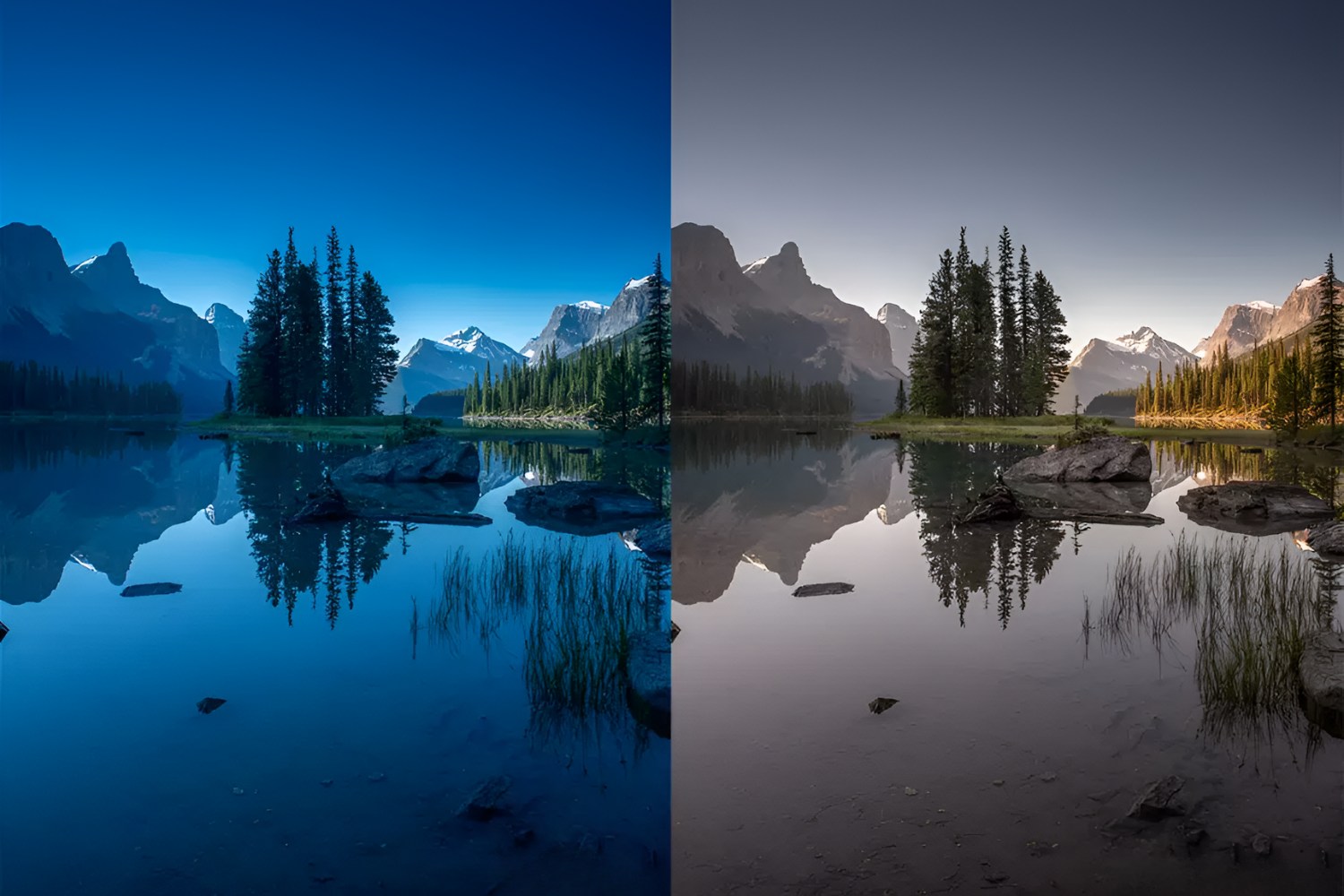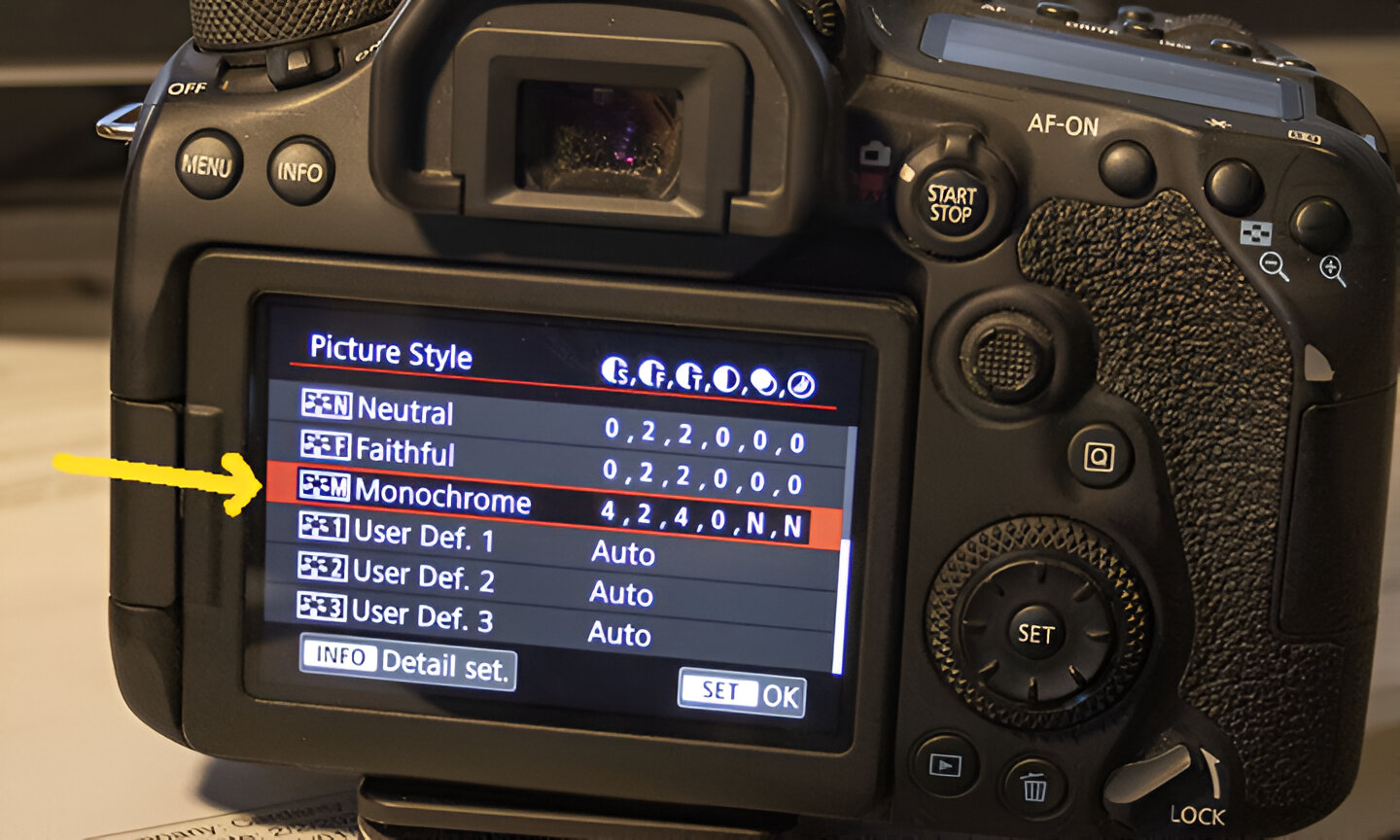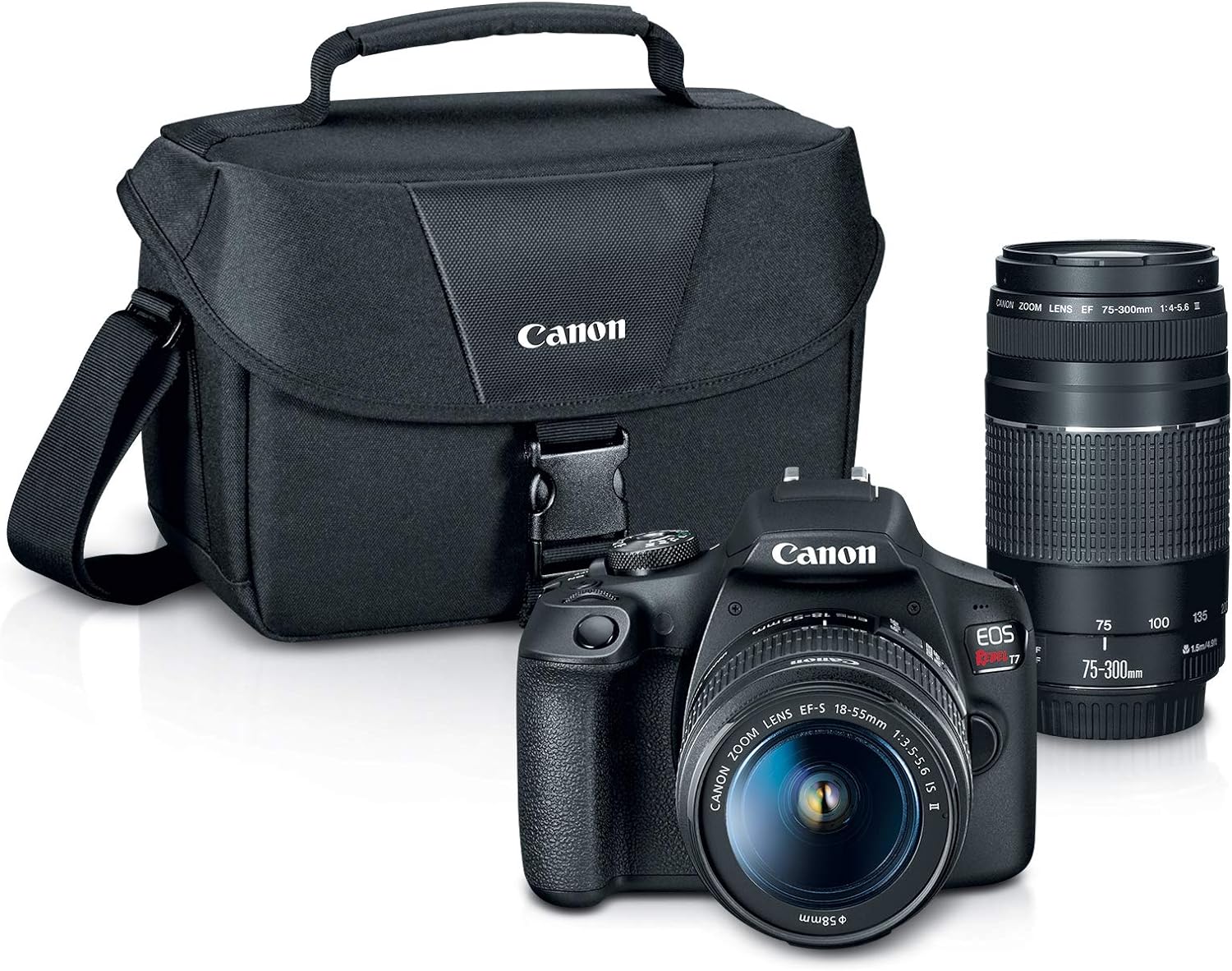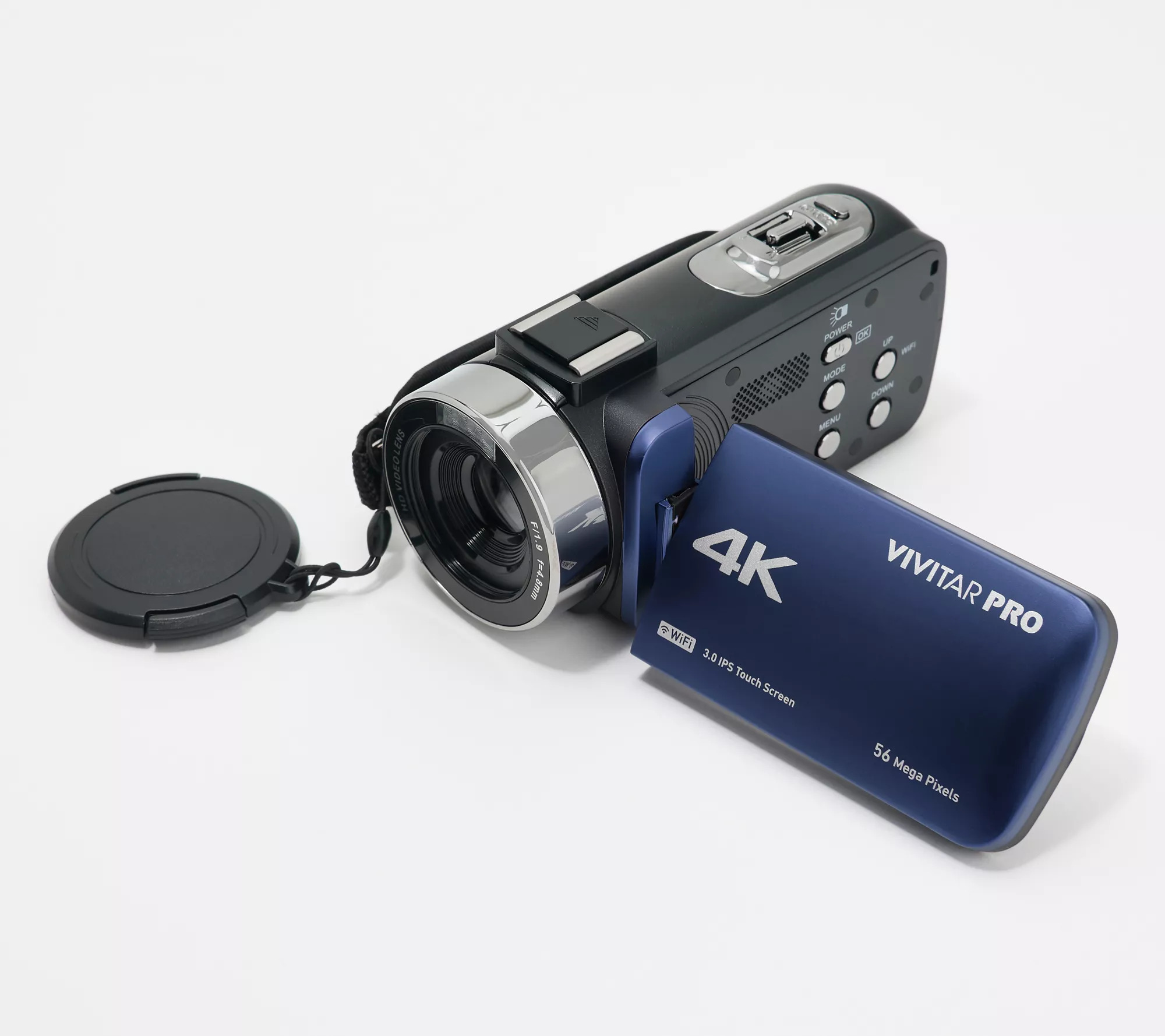Understanding the Color Red
The color red is a powerful and evocative hue that can add depth, emotion, and drama to your photography. Understanding the characteristics of red and how it interacts with light is crucial for capturing its true essence with a DSLR camera.
The Vibrancy of Red
Red is a primary color in the RGB color model, and it holds significant cultural and psychological symbolism. It is often associated with passion, energy, and intensity, making it a compelling choice for photographic subjects. Whether it's a vibrant red rose, a majestic sunset, or the rich tones of autumn foliage, red can infuse an image with warmth and dynamism.
Red in Different Lighting Conditions
Red can be particularly challenging to capture accurately due to its tendency to appear oversaturated or muted, depending on the lighting conditions. In bright sunlight, red hues can appear more intense, while in shaded or overcast environments, the color may appear subdued. Understanding how different lighting scenarios affect the appearance of red is essential for achieving faithful representation in your photographs.
Red's Interaction with Other Colors
The presence of red can significantly impact the overall color composition of a scene. When juxtaposed with complementary colors like green, red can create a visually striking contrast, adding visual interest and balance to the image. On the other hand, when red is harmonized with analogous colors such as orange and magenta, it can contribute to a sense of unity and coherence within the composition.
Red's Emotional Impact
Beyond its visual appeal, red also elicits powerful emotional responses. It can convey a range of feelings, from love and passion to anger and urgency. Understanding the emotional resonance of red can guide your creative decisions when composing and capturing red-centric images, allowing you to evoke specific moods and sentiments within your photography.
The Role of Red in Composition
In photography, red can serve as a focal point, drawing the viewer's attention to a specific subject within the frame. Whether it's a bold splash of red in a monochromatic setting or a vivid red object positioned against a neutral background, leveraging the color red strategically can enhance the visual impact and storytelling potential of your photographs.
Understanding the complexities of the color red and its multifaceted role in photography is fundamental for harnessing its expressive power through a DSLR camera. By delving into the intricacies of red, photographers can elevate their imagery, infusing it with depth, emotion, and captivating visual allure.
Adjusting White Balance for Red Colors
White balance is a critical aspect of photography that directly impacts the accurate representation of colors in an image. When working with red hues, mastering white balance adjustments is essential for ensuring that the red tones are faithfully rendered in all their vibrancy and richness.
The Influence of White Balance on Red
White balance refers to the color temperature of light, which can vary based on the lighting conditions present during a photo shoot. Since red is highly sensitive to color temperature, the white balance setting directly affects how red colors are captured by the camera. Incorrect white balance can lead to red tones appearing either overly warm or cool, distorting their true appearance.
Choosing the Right White Balance Preset
Most DSLR cameras offer a range of white balance presets, including daylight, shade, cloudy, tungsten, fluorescent, and flash. When capturing red subjects or scenes, selecting the appropriate white balance preset is crucial for achieving accurate color reproduction. For instance, using the daylight preset in natural sunlight can help maintain the true vibrancy of red hues, while the shade or cloudy presets can mitigate excessive warmth in red tones when shooting in shaded or overcast conditions.
Custom White Balance for Precise Red Rendering
In situations where the available presets may not fully address the nuances of red colors, photographers can opt for custom white balance settings. This involves using a neutral gray card or an 18% gray target to calibrate the camera’s white balance to the specific lighting conditions. Custom white balance ensures that red hues are captured with utmost precision, maintaining their natural appearance without unwanted color shifts.
Manual White Balance Adjustment
For photographers seeking maximum control over white balance, many DSLR cameras allow for manual adjustment of color temperature and tint. This flexibility enables fine-tuning the white balance to perfectly complement red colors, especially in mixed lighting environments where presets may not suffice. By manually adjusting the white balance, photographers can achieve exceptional accuracy in rendering the richness and depth of red hues in their images.
Mastering white balance adjustments is indispensable for capturing the true essence of red colors in photography. By leveraging the diverse white balance tools available in DSLR cameras, photographers can ensure that red tones are faithfully represented, preserving their vibrancy and emotional impact in every image captured.
Using the Correct Exposure Settings
Proper exposure settings are paramount for accurately capturing red colors with a DSLR camera. The interplay of aperture, shutter speed, and ISO sensitivity directly influences how red hues are rendered, ensuring that they maintain their vibrancy and tonal richness in the final images.
Optimizing Aperture for Red Subjects
The choice of aperture significantly impacts the depth of field and the overall sharpness of an image. When photographing red subjects, selecting an appropriate aperture is crucial for achieving the desired visual impact. A wider aperture (lower f-stop) can create a shallow depth of field, allowing the red subject to stand out prominently against a softly blurred background, thereby emphasizing its vibrant presence. Conversely, a narrower aperture (higher f-stop) can render red scenes with greater overall sharpness, capturing intricate details while maintaining the intensity of the red hues.
Shutter Speed Considerations for Red Subjects
Controlling shutter speed is essential for managing motion and ensuring proper exposure, especially when capturing dynamic red elements such as fluttering fabric, flowing red liquids, or vibrant red wildlife. Adjusting the shutter speed to freeze or intentionally blur motion can add expressive dynamism to red-themed compositions, enhancing their visual allure and storytelling impact.
Optimal ISO for Red Color Fidelity
ISO sensitivity plays a pivotal role in determining the camera’s responsiveness to light. When working with red colors, maintaining an optimal ISO setting is crucial for preserving the richness and accuracy of red hues while minimizing digital noise. By carefully balancing ISO sensitivity, photographers can ensure that red tones are faithfully represented, with minimal loss of detail or color fidelity, even in challenging lighting conditions.
Exposure Compensation for Red Subjects
Utilizing exposure compensation allows photographers to fine-tune the exposure settings specifically for red subjects, ensuring that their inherent vibrancy and tonal nuances are faithfully captured. This adjustment can mitigate potential overexposure or underexposure issues, enabling red colors to be rendered with exceptional accuracy and visual impact.
By mastering the correct exposure settings, photographers can elevate their ability to capture red colors with precision and artistry. Understanding the nuanced interplay of aperture, shutter speed, and ISO sensitivity, and leveraging exposure compensation empowers photographers to showcase the captivating allure of red hues in their imagery, ensuring that they resonate with vibrancy and authenticity.
Utilizing Filters for Red Enhancement
Filters are indispensable tools for photographers seeking to enhance and manipulate red colors in their images. By strategically employing specialized filters, photographers can amplify the vibrancy, contrast, and visual impact of red subjects, elevating the overall allure of their photography.
Polarizing Filters for Intensifying Reds
Polarizing filters are highly effective in enriching red tones by reducing glare and reflections, thereby enhancing color saturation and contrast. When photographing scenes with prominent red elements, such as landscapes featuring red foliage or architectural details, a polarizing filter can accentuate the natural vibrancy of red hues, resulting in images with heightened visual impact and depth.
Graduated Neutral Density Filters for Red Balance
Graduated neutral density (GND) filters are valuable for achieving balanced exposure in scenes where red elements are juxtaposed with contrasting light intensities, such as a red sunset against a bright sky or red subjects in high-contrast environments. By selectively reducing the brightness of the sky or other bright areas while maintaining optimal exposure for the red elements, GND filters ensure that red colors are rendered with fidelity and finesse, preserving their richness and tonal detail.
Color-Enhancing Filters for Red Precision
Color-enhancing filters, such as those designed specifically for intensifying red and warm tones, can be instrumental in accentuating the visual allure of red subjects. These filters are particularly beneficial when capturing red-centric compositions, as they heighten the saturation and tonal depth of red hues, resulting in images that exude warmth and vibrancy, while maintaining natural color balance and authenticity.
Specialized Red Filters for Monochrome Photography
For photographers exploring the realm of monochrome imagery, specialized red filters can yield compelling results by selectively darkening or lightening red tones within the grayscale spectrum. By manipulating the luminance of red hues, these filters can add dramatic contrast and visual intrigue to monochromatic compositions, infusing them with a timeless and evocative aesthetic.
By harnessing the creative potential of filters, photographers can elevate the expressive impact of red colors in their photography, unlocking new dimensions of vibrancy, contrast, and visual allure. Whether intensifying red hues, achieving balanced exposure, or exploring monochrome interpretations, filters offer versatile and powerful means of enhancing the captivating essence of red in photographic compositions.
Post-Processing Techniques for Red Colors
Post-processing serves as a pivotal stage in refining and optimizing the portrayal of red colors in photography. By leveraging various editing techniques and software tools, photographers can enhance the vibrancy, tonal richness, and overall visual impact of red hues, ensuring that they resonate with captivating allure and authenticity.
Selective Color Adjustments
Utilizing selective color adjustments enables photographers to precisely fine-tune the saturation, luminance, and hue of red tones within their images. By targeting specific red elements, such as vibrant flowers, striking apparel, or dramatic landscapes, photographers can amplify the visual impact of red while maintaining natural color balance and tonal subtlety. Selective adjustments empower photographers to showcase red colors with heightened vibrancy and finesse, ensuring that they remain true to the original subject’s allure.
Gradient Mapping for Red Enhancement
Gradient mapping offers a versatile approach to enhancing red colors by applying custom color gradients to specific tonal ranges within an image. This technique allows photographers to intensify the richness and warmth of red hues, creating compelling visual depth and tonal transitions. By skillfully manipulating gradient maps, photographers can infuse red-centric compositions with heightened drama and emotional resonance, elevating the overall allure of their imagery.
Color Balance Refinement
Refining color balance through post-processing enables photographers to ensure that red hues are faithfully represented while harmonizing with the overall color palette of the image. By fine-tuning the temperature and tint of red colors, photographers can achieve visual coherence and authenticity, preserving the natural warmth and vibrancy of red subjects. This meticulous color balance refinement ensures that red tones resonate with captivating allure and evoke powerful emotional responses within the viewer.
Contrast and Clarity Enhancement
Enhancing contrast and clarity in post-processing can accentuate the visual impact of red colors, adding depth and dynamism to red-centric compositions. By refining contrast and clarity settings, photographers can amplify the inherent vibrancy and tonal richness of red hues, ensuring that they command attention and convey compelling visual narratives. This approach elevates the expressive power of red colors, infusing the imagery with captivating allure and immersive depth.
Through meticulous post-processing techniques, photographers can elevate the expressive impact of red colors, ensuring that they resonate with vibrancy, richness, and emotional allure. By selectively refining color adjustments, leveraging gradient mapping, harmonizing color balance, and enhancing contrast and clarity, photographers can showcase the captivating essence of red, infusing their imagery with timeless allure and evocative visual impact.







